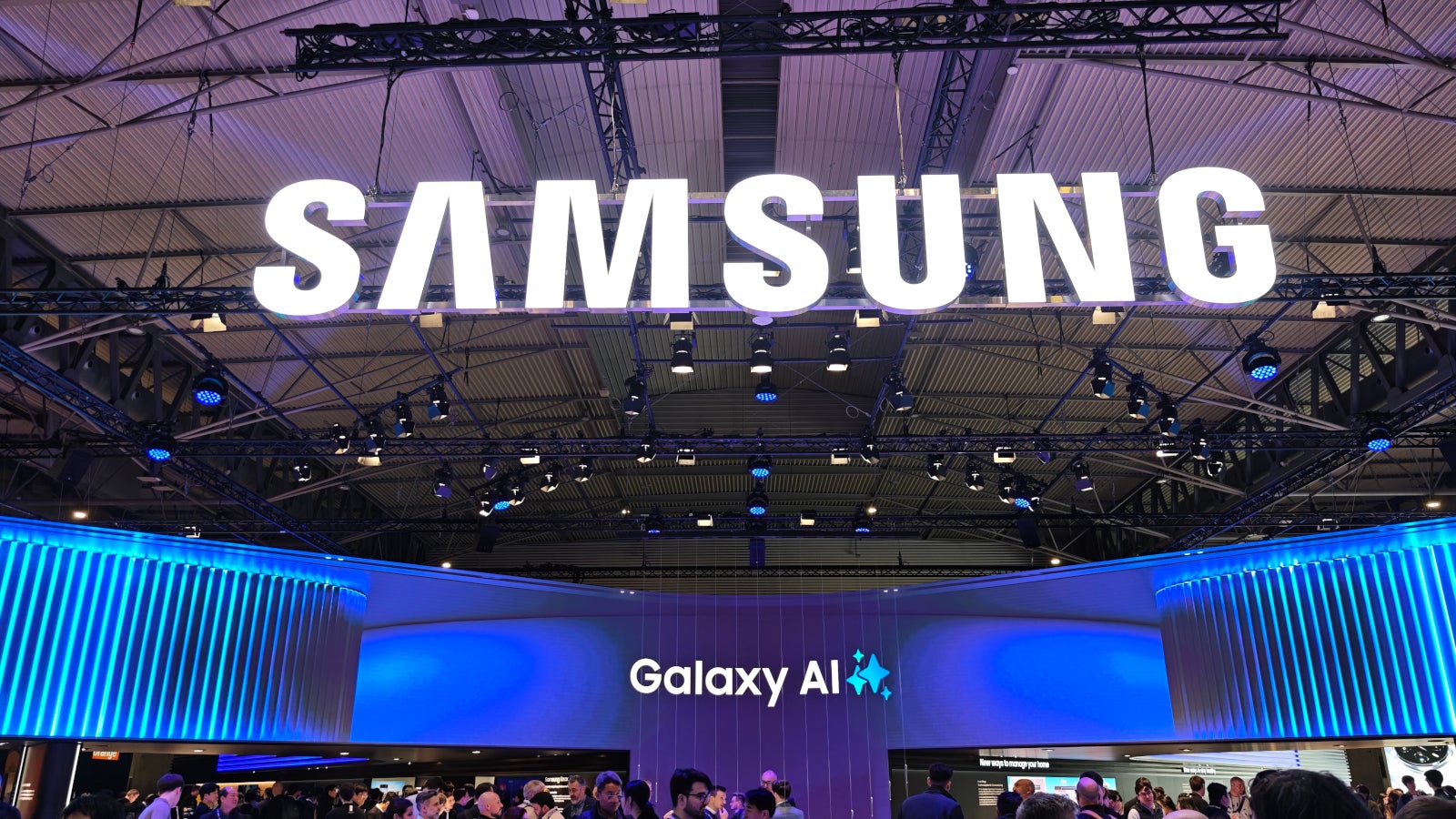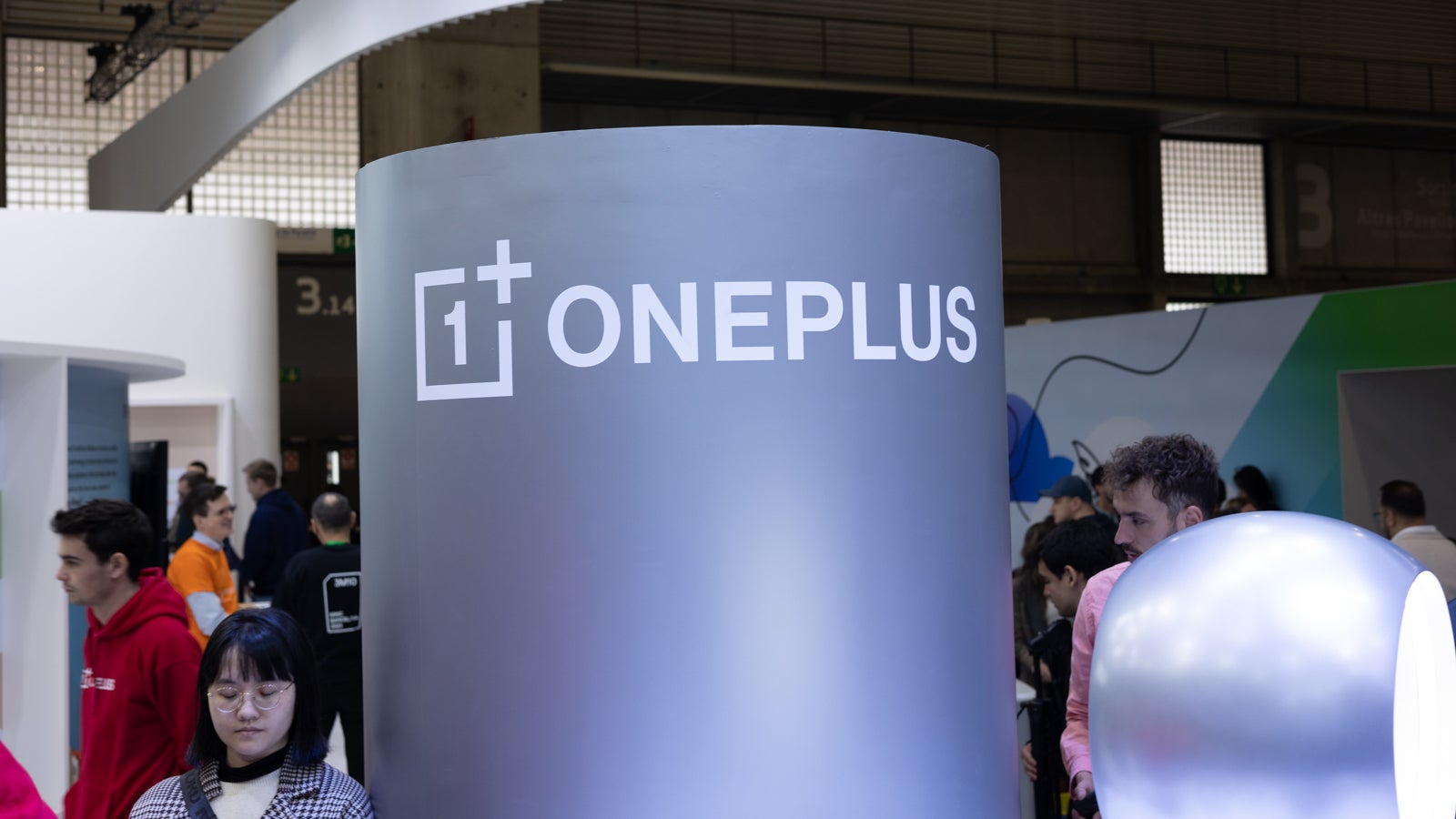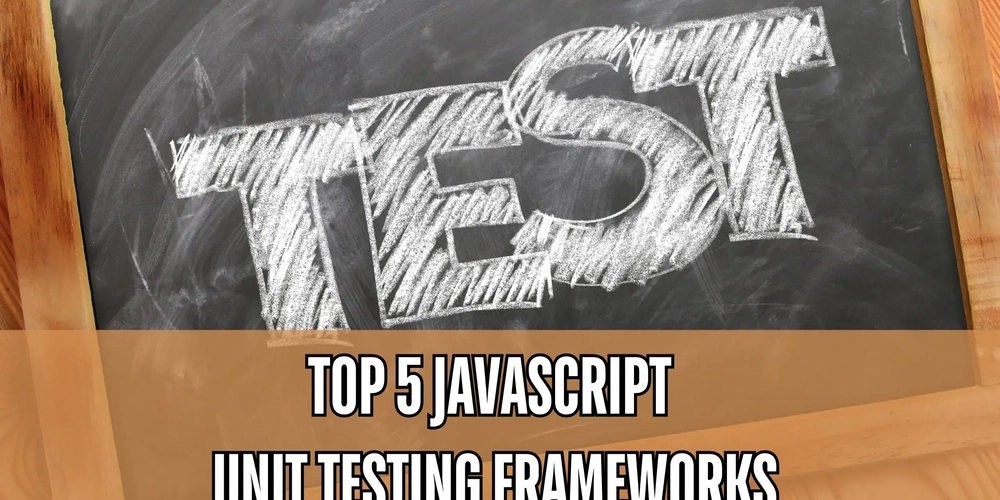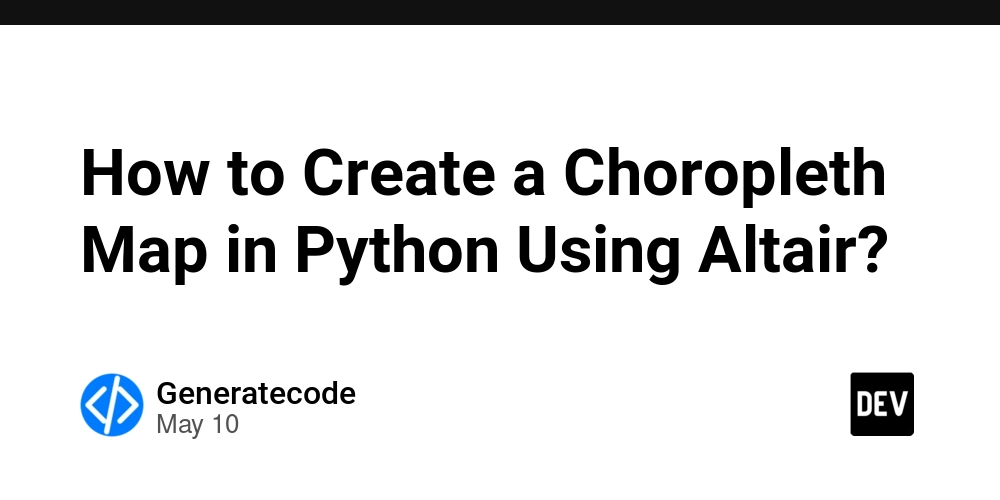Exploring The Sandbox’s Role in Musk’s Metaverse Vision: A Deep Dive into Blockchain & NFT Innovation
Abstract This post examines how The Sandbox—a leading blockchain-based virtual world—is positioned to support Elon Musk’s visionary metaverse ideas. By exploring the fundamentals of the metaverse, blockchain technology, NFTs, and decentralized platforms, we discuss The Sandbox’s key features, potential applications, challenges, and how emerging trends in technology pave the way for innovation in virtual economies. We also highlight real-world use cases and include supporting tables, bullet lists, and relevant links for further reading, ensuring a holistic and SEO-optimized overview. Introduction Digital disruption is accelerating at an unprecedented pace. With the convergence of blockchain technology, non-fungible tokens (NFTs), and next-generation virtual worlds, the traditional boundaries between reality and digital spaces are blurring. In particular, The Sandbox—a decentralized, blockchain-powered platform—is emerging as a central hub in the development of the metaverse. Visionaries like Elon Musk, renowned for transformative innovation spanning from SpaceX to Neuralink, may leverage platforms like The Sandbox to further their ambitions of integrating digital and physical realities. In this post, we explore the significance of The Sandbox in Musk’s metaverse vision. We discuss the interplay between decentralized ownership, NFT commerce, technological interoperability, and how these elements support both economic and social innovation in virtual worlds. Detailed background, core features, practical applications, challenges, and future outcomes are presented to provide a comprehensive view of this emerging field. Background and Context Understanding the Metaverse The metaverse is a digital universe where people can socialize, work, trade, and create using technologies such as augmented reality (AR), virtual reality (VR), blockchain, and AI. It is a persistent digital space that evolves continuously and integrates into our daily lives. Resources like the Wikipedia article on the metaverse offer a detailed history and explanation, helping enthusiasts understand its potential. Blockchain and NFTs in Virtual Economies Blockchain has transformed the way we manage digital assets by providing transparent, secure, and decentralized methods to verify ownership. Non-fungible tokens (NFTs) are one such innovation, enabling unique asset ownership ranging from digital artwork to virtual real estate. For more details on how blockchain works, consider reading What is Blockchain. Additionally, the value and economic incentive behind these unique tokens is well-explained in Why Are NFTs Valuable. The Sandbox: A Cornerstone of the Virtual Economy The Sandbox utilizes the Ethereum blockchain to empower users to own, create, and monetize digital land and assets. The platform's native cryptocurrency, SAND, underpins its secure, decentralized ecosystem, providing an innovative way to trade assets such as digital real estate and creative content. By combining virtual world creation with NFT functionality, The Sandbox offers an ecosystem that not only inspires creativity but also redefines asset ownership in the digital sphere. Elon Musk and the Digital Frontier Elon Musk is no stranger to pushing the boundaries of technology. His ventures like SpaceX and Neuralink are revolutionizing aerospace and neurotechnology. Musk’s interest in NFTs and crypto technologies is evident through projects like his NFT initiatives, discussed in detail in Elon Musk NFT Projects. His advocacy for democratized technology can pave the way for integrating advanced computational capabilities within decentralized virtual economies—further pushing the metaverse narrative forward. Core Concepts and Features In this section, we delve into the primary elements that connect The Sandbox, Musk’s vision, and the emerging metaverse. Each feature plays a significant role in shaping digital economies and consuming the revolutionary potential of blockchain technologies. Decentralized Ownership Key Concept: Decentralization is at the heart of blockchain technology. User-Driven Creation: In The Sandbox, content and virtual real estate are user-generated. This democratizes creativity and enables individuals to earn directly from their creations. Ownership and Rights: With decentralized ownership, users maintain complete rights over their digital assets. This aligns with Musk’s ethos of technology integration and decentralization. NFT Commerce Key Concept: NFTs drive digital commerce in virtual worlds. Virtual Real Estate Trading: The Sandbox’s ecosystem allows for buying and selling virtual land, making NFT commerce a critical component of the metaverse economy. Asset Monetization: Creators can tokenize their work as NFTs, opening new revenue streams in digital marketplaces. Details on trading mechanisms can be understood further in NFT T
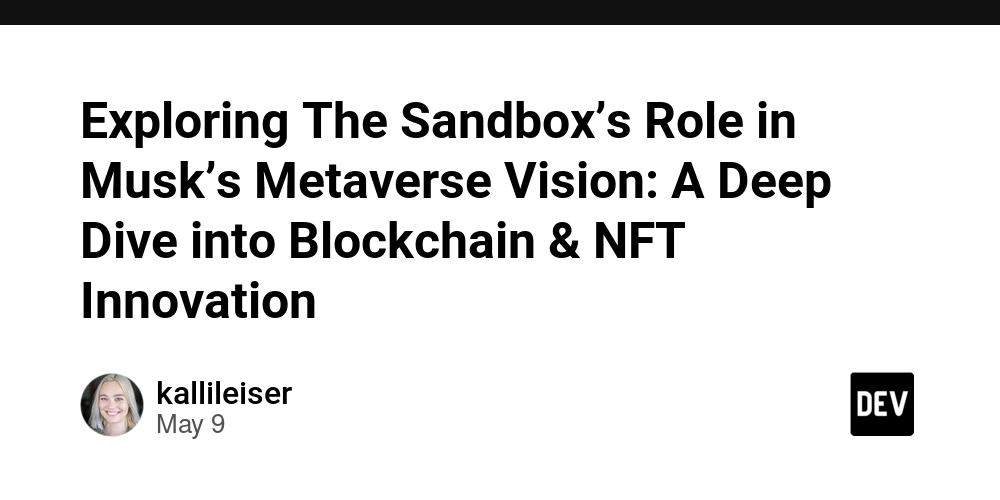
Abstract
This post examines how The Sandbox—a leading blockchain-based virtual world—is positioned to support Elon Musk’s visionary metaverse ideas. By exploring the fundamentals of the metaverse, blockchain technology, NFTs, and decentralized platforms, we discuss The Sandbox’s key features, potential applications, challenges, and how emerging trends in technology pave the way for innovation in virtual economies. We also highlight real-world use cases and include supporting tables, bullet lists, and relevant links for further reading, ensuring a holistic and SEO-optimized overview.
Introduction
Digital disruption is accelerating at an unprecedented pace. With the convergence of blockchain technology, non-fungible tokens (NFTs), and next-generation virtual worlds, the traditional boundaries between reality and digital spaces are blurring. In particular, The Sandbox—a decentralized, blockchain-powered platform—is emerging as a central hub in the development of the metaverse. Visionaries like Elon Musk, renowned for transformative innovation spanning from SpaceX to Neuralink, may leverage platforms like The Sandbox to further their ambitions of integrating digital and physical realities.
In this post, we explore the significance of The Sandbox in Musk’s metaverse vision. We discuss the interplay between decentralized ownership, NFT commerce, technological interoperability, and how these elements support both economic and social innovation in virtual worlds. Detailed background, core features, practical applications, challenges, and future outcomes are presented to provide a comprehensive view of this emerging field.
Background and Context
Understanding the Metaverse
The metaverse is a digital universe where people can socialize, work, trade, and create using technologies such as augmented reality (AR), virtual reality (VR), blockchain, and AI. It is a persistent digital space that evolves continuously and integrates into our daily lives. Resources like the Wikipedia article on the metaverse offer a detailed history and explanation, helping enthusiasts understand its potential.
Blockchain and NFTs in Virtual Economies
Blockchain has transformed the way we manage digital assets by providing transparent, secure, and decentralized methods to verify ownership. Non-fungible tokens (NFTs) are one such innovation, enabling unique asset ownership ranging from digital artwork to virtual real estate. For more details on how blockchain works, consider reading What is Blockchain. Additionally, the value and economic incentive behind these unique tokens is well-explained in Why Are NFTs Valuable.
The Sandbox: A Cornerstone of the Virtual Economy
The Sandbox utilizes the Ethereum blockchain to empower users to own, create, and monetize digital land and assets. The platform's native cryptocurrency, SAND, underpins its secure, decentralized ecosystem, providing an innovative way to trade assets such as digital real estate and creative content. By combining virtual world creation with NFT functionality, The Sandbox offers an ecosystem that not only inspires creativity but also redefines asset ownership in the digital sphere.
Elon Musk and the Digital Frontier
Elon Musk is no stranger to pushing the boundaries of technology. His ventures like SpaceX and Neuralink are revolutionizing aerospace and neurotechnology. Musk’s interest in NFTs and crypto technologies is evident through projects like his NFT initiatives, discussed in detail in Elon Musk NFT Projects. His advocacy for democratized technology can pave the way for integrating advanced computational capabilities within decentralized virtual economies—further pushing the metaverse narrative forward.
Core Concepts and Features
In this section, we delve into the primary elements that connect The Sandbox, Musk’s vision, and the emerging metaverse. Each feature plays a significant role in shaping digital economies and consuming the revolutionary potential of blockchain technologies.
Decentralized Ownership
Key Concept: Decentralization is at the heart of blockchain technology.
- User-Driven Creation: In The Sandbox, content and virtual real estate are user-generated. This democratizes creativity and enables individuals to earn directly from their creations.
- Ownership and Rights: With decentralized ownership, users maintain complete rights over their digital assets. This aligns with Musk’s ethos of technology integration and decentralization.
NFT Commerce
Key Concept: NFTs drive digital commerce in virtual worlds.
- Virtual Real Estate Trading: The Sandbox’s ecosystem allows for buying and selling virtual land, making NFT commerce a critical component of the metaverse economy.
- Asset Monetization: Creators can tokenize their work as NFTs, opening new revenue streams in digital marketplaces. Details on trading mechanisms can be understood further in NFT Trading Platforms.
Technological Interoperability
Key Concept: Integrating diverse technologies like AI, blockchain, and neuroscience can lead to enriched user experiences.
- Neuralink Integration: Elon Musk’s Neuralink could potentially enhance how users interact with virtual environments, providing a smoother bridge between mind and machine.
- Smart Contracts and Security: Interoperability ensures that NFTs, tokens, and smart contracts work seamlessly—helping to build a robust, secure infrastructure necessary for a sustainable digital economy.
Cultural and Social Impact
Key Concept: The metaverse is not just about economics—it’s about shaping cultural and social dynamics.
- Collaborative Communities: Platforms like The Sandbox foster communities where individuals collaborate and participate collectively in digital creation.
- Social Innovation: Enabling a diverse set of voices to participate in ecosystem development can lead to societal advancements in blockchain and AI technologies.
Table: Comparing Key Features of The Sandbox Platform
| Feature | Description | Benefits |
|---|---|---|
| Decentralized Ownership | Users own and control digital assets | Empowers creativity and ensures privacy |
| NFT Commerce | Tokenized digital assets tradable on blockchain | Provides liquidity and new revenue models |
| Technological Interoperability | Integration of AI, smart contracts, and neural interfaces | Enhances user experience and reinforces security |
| User-Driven Creation | Open platform for content creation and virtual land development | Democratizes digital creativity and innovation |
| Social Collaboration | Community-based interactions and partnerships | Fosters societal advancement and cultural dynamism |
Applications and Use Cases
By integrating blockchain with virtual environments, several exciting applications come to life. Below are a few examples where the core concepts of The Sandbox and Musk’s digital strategies intersect, demonstrating practical use cases:
1. Virtual Real Estate and Architecture
- Creation of Virtual Communities: Architects and urban planners can design digital neighborhoods that mirror sustainable, real-world city planning. Ownership can be transferred using secure NFTs.
- Digital Monetization: Investors can purchase virtual land to develop themed enclaves or art installations, generating streams of NFT-based revenue. This economy is similar to real-world real estate.
2. Interactive Gaming and Social Hangouts
- Game Development: Independent developers can craft immersive experiences on The Sandbox. With in-game NFT items and land assets, a new generation of digital entertainment is possible.
- Social Engagement: Interactive spaces allow players to create clubs, host events, or even run educational workshops, merging social connectivity with digital commerce.
3. Hybrid Workspaces and Virtual Conferences
- Next-Gen Work Environments: Companies can set up virtual offices where employees interact, collaborate, and even participate in blockchain-driven projects.
- Musk’s Vision Insight: By integrating cutting-edge technologies like Neuralink, future hybrid workspaces could leverage brain-computer interfaces to create immersive, highly responsive digital environments.
Challenges and Limitations
While the future of the metaverse and blockchain worlds is promising, several challenges need to be addressed for widespread adoption:
Regulatory Concerns:
As the digital economy grows, governments around the world are scrutinizing data privacy, NFT trading, and blockchain compliance. NFT Regulation is a hot topic that may introduce unforeseen hurdles.Technological Constraints:
Integrating advanced technologies like AI, VR, and blockchain on a massive scale would require significant improvements in network speed, computational power, and user interface design. Ensuring interoperability across diverse platforms is a non-trivial task.Market Volatility:
Cryptocurrencies and NFTs are inherently volatile. Economic instability in these areas can impact virtual real estate pricing, investor confidence, and the sustainability of digital ecosystems.Adoption Barriers:
Awareness and technical literacy may hinder the mass adoption of blockchain and NFT platforms. Simplification of user interfaces and regulatory clarity will be crucial for broader acceptance.Security Risks:
With decentralized systems, potential cyberattacks or fraudulent schemes can jeopardize user data and financial resources. Leverage robust smart contract audits and community feedback to build trust and resilience.
Bullet List Summary of Key Challenges:
- Regulatory Hurdles: Evolving government policies could impact growth.
- Technological Barriers: Scalability and interoperability issues require continuous advancement.
- Market Instability: Volatile price fluctuations may deter investment.
- User Adoption: Limited awareness and technical expertise can slow progress.
- Security Vulnerabilities: Cyber threats necessitate strong measures.
Future Outlook and Innovations
Looking ahead, the landscape of the metaverse is likely to evolve dramatically over the next decade. Here are some trends and innovations that could shape the future:
Enhanced AI and Neural Integrations
The intersection of blockchain with artificial intelligence and neural interfaces (such as Neuralink) could provide an unprecedented level of interactivity in virtual environments. Envision a metaverse where users interact intuitively, blurring the line between thought and action.
Cross-Platform and Multi-Chain Ecosystems
For The Sandbox and similar platforms to thrive, seamless interactions across various blockchains and decentralized applications (dApps) will be essential. This interoperability can drive a more robust digital economy that integrates NFT marketplaces, gaming, and collaborative workspaces.
Social and Cultural Implications
As digital economies mature, new cultural narratives will emerge that reshape how we perceive creativity, ownership, and community. Virtual worlds may become spaces dedicated to social experimentation and collective human advancement, aligning with Musk’s broader human-centric vision.
Sustainability and Ethical Development
With a growing emphasis on ethical technology, the integration of decentralized finance (DeFi) models within platforms like The Sandbox could enable sustainable development. Initiatives for green blockchain practices and responsible digital asset management will play a crucial role in long-term success.
Developer and Community-Driven Innovation
Community support and open-source collaboration will continue to drive innovation. For example, initiatives such as Leveraging Open Source: The Sandbox’s Game-Changing Integration illustrate how a strong developer community can propel the evolution of decentralized economies. Similarly, posts like Funding Your Blockchain Project: Strategies for Success provide insights into sustainable funding models that support the metaverse.
Summary
The vision of integrating advanced blockchain technology with immersive virtual worlds is rapidly becoming a reality. The Sandbox is at the forefront of this evolution, offering a democratic platform where user-driven content and NFT commerce foster a vibrant new ecosystem. Elon Musk’s pioneering ideas, which merge high-tech ventures with groundbreaking digital innovations, further spotlight the metaverse as a transformative space.
Key takeaways include:
- The metaverse is an interconnected digital universe powered by blockchain, AI, AR, and VR.
- Platforms like The Sandbox are shaping virtual economies through decentralized ownership, NFT trading, and innovative smart contract mechanisms.
- Elon Musk’s ventures and crypto initiatives provide a glimpse into the future where interoperability between human cognition and technology opens new avenues for work, culture, and commerce.
- While challenges such as regulatory compliance, technical scalability, and market volatility persist, the future remains bright for a digital frontier based on trust, creativity, and decentralized innovation.
For those interested in exploring further, consider reading the original article on The Sandbox’s Role in Musk’s Metaverse Vision and investigate related topics such as NFT Trading Platforms and What is Blockchain.
Additional Developer Insights and Community Perspectives
The fusion of blockchain and open-source funding models is inspiring developers worldwide. Here are a few resources that further elucidate the impact of decentralized ecosystems on technology:
- Blockchain and Open Source: A New Dawn of Innovation
- Funding Your Blockchain Project: Strategies for Success
- Leveraging Open Source – The Sandbox’s Game-Changing Integration
These articles shed light on the robust collaboration that is driving this sector forward, ensuring that open-source models, decentralized funding, and blockchain innovation work in tandem for a sustainable digital future.
Final Thoughts
As we stand on the brink of a revolutionary era where digital, physical, and even neural interfaces converge, platforms like The Sandbox will play an essential role in shaping the metaverse. Elon Musk’s pioneering spirit continues to inspire innovations that break new ground in technology. The synergy between decentralized ownership, NFT commerce, and technological interoperability can ultimately redefine how we create, interact, and monetize digital assets.
By addressing current challenges and harnessing emerging trends, the future of the metaverse looks promising—a future where creativity, collaboration, and innovation converge to build a better digital world.
Stay tuned to emerging trends in blockchain, decentralized finance, and virtual economies as they become central to our shared technological future.
Happy innovating and digital exploring!










































































































































































![[The AI Show Episode 146]: Rise of “AI-First” Companies, AI Job Disruption, GPT-4o Update Gets Rolled Back, How Big Consulting Firms Use AI, and Meta AI App](https://www.marketingaiinstitute.com/hubfs/ep%20146%20cover.png)











































































































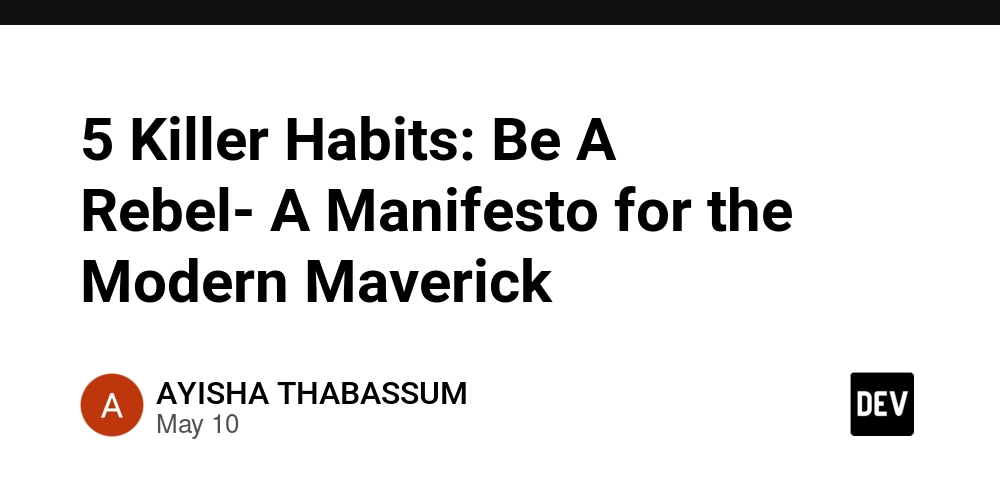
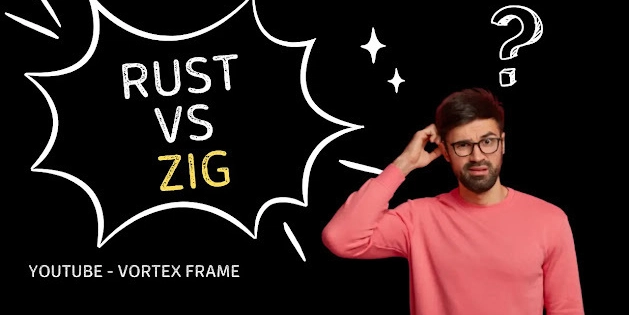














![[FREE EBOOKS] Offensive Security Using Python, Learn Computer Forensics — 2nd edition & Four More Best Selling Titles](https://www.javacodegeeks.com/wp-content/uploads/2012/12/jcg-logo.jpg)



![Ditching a Microsoft Job to Enter Startup Purgatory with Lonewolf Engineer Sam Crombie [Podcast #171]](https://cdn.hashnode.com/res/hashnode/image/upload/v1746753508177/0cd57f66-fdb0-4972-b285-1443a7db39fc.png?#)





























































.jpg?width=1920&height=1920&fit=bounds&quality=70&format=jpg&auto=webp#)
































































































































































-xl.jpg)







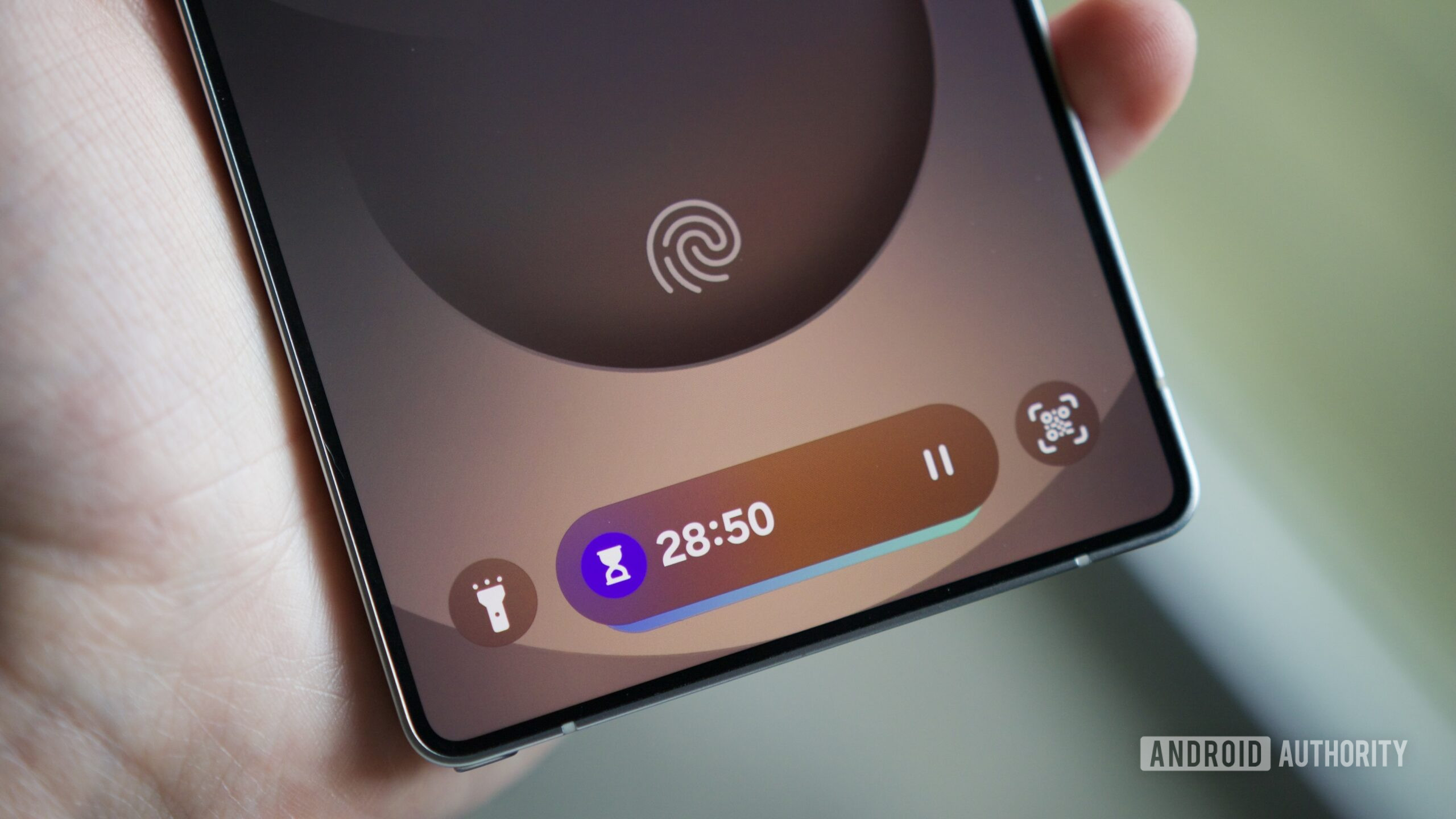




















![New iPad 11 (A16) On Sale for Just $277.78! [Lowest Price Ever]](https://www.iclarified.com/images/news/97273/97273/97273-640.jpg)

![Apple Foldable iPhone to Feature New Display Tech, 19% Thinner Panel [Rumor]](https://www.iclarified.com/images/news/97271/97271/97271-640.jpg)
















































